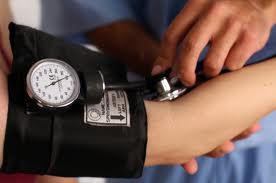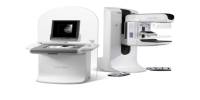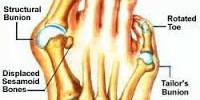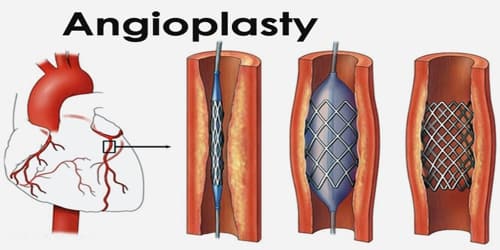Definition of blood pressure:
Blood pressure is the force applied against the walls of the arteries as the heart pumps blood through the body.
Blood pressure number:
The first number, systolic blood pressure measures the maximum pressure exerted as the heart contracts. A measurement over 90 and under 140 is generally considered normal for an adult. The lower number indicates diastolic pressure is a measurement taken between beats, when the heart is at rest. A measurement over 60 and under 90 is generally considered normal for an adult.
In 90% of people with hypertension, the cause of high blood pressure is not known and is referred to as primary or essential hypertension. While the specific cause is unknown.
Factors that can not be changed
Age:
The older a person is, the greater the likelihood that he or she will develop high blood pressure, especially elevated systolic readings. This is largely due to arteriosclerosis, or “hardening of the arteries.”
Race:
African Americans develop high blood pressure more often than Caucasians. They develop high blood pressure at a younger age and develop more severe complications sooner in life.
Socioeconomic status:
High blood pressure is found more commonly among the less educated and lower socioeconomic groups. Residents of the southeastern United States, both Caucasian and African American, are more likely to have high blood pressure than residents of other regions.
Family history (heredity):
The tendency to have high blood pressure appears to run in families.
Gender:
Generally men have a greater likelihood of developing high blood pressure than women. This likelihood varies according to age and among various ethnic groups.
Factors that can be changed
Obesity:
As body weight increases, the blood pressure rises. Obesity is defined as having a body mass index (BMI) greater than 30 kg/m. A BMI of 25-30 kg/m is considered overweight (BMI=weight in pounds x 703/ height in inches) Being overweight increases the risk of high blood pressure. Health care practitioners recommend that all obese people with high blood pressure lose weight until they are within 15% of their healthy body weight.
- Obese people are two to six times more likely to develop high blood pressure than people whose weight is within a healthy range.
- Not only the degree of obesity is important, but also the manner in which the body accumulates extra fat. Some people gain weight around their belly (central obesity or “apple-shaped” people), while others store fat around their hips and thighs (“pear-shaped” people). “Apple-shaped” people tend to have greater health risks for high blood pressure than “pear-shaped” people.
Sodium (salt) sensitivity:
Some people have high sensitivity to sodium (salt), and their blood pressure increases if they use salt. Reducing sodium intake tends to lower their blood pressure. Americans consume 10-15 times more sodium than they need. Fast foods and processed foods contain particularly high amounts of sodium. Many over-the-counter medicines also contain large amounts of sodium. Read food labels and learn about salt content in foods and other products as a healthy first step to reducing salt intake. Fast food restaurants also make the salt and calorie content of their food available to consumers at their restaurants,
Alcohol use:
Drinking more than one to two drinks of alcohol per day tends to raise blood pressure in those who are sensitive to alcohol.
Birth control pills (oral contraceptive use):
Some women who take birth control pills develop high blood pressure.
Lack of exercise (physical inactivity):
A sedentary lifestyle contributes to the development of obesity and high blood pressure.
Medications: Certain drugs, such as amphetamines (stimulants), diet pills, and some medications used for cold and allergy symptoms such as pseudoephedrine, tend to raise blood pressure.
Symptoms of Hypertension
Most of the time, there are no symptoms. Symptoms that may occur include:
• Confusion
• Ear noise or buzzing
• Fatigue
• Headache
• Irregular heartbeat
• Nosebleed
• Vision changes
















